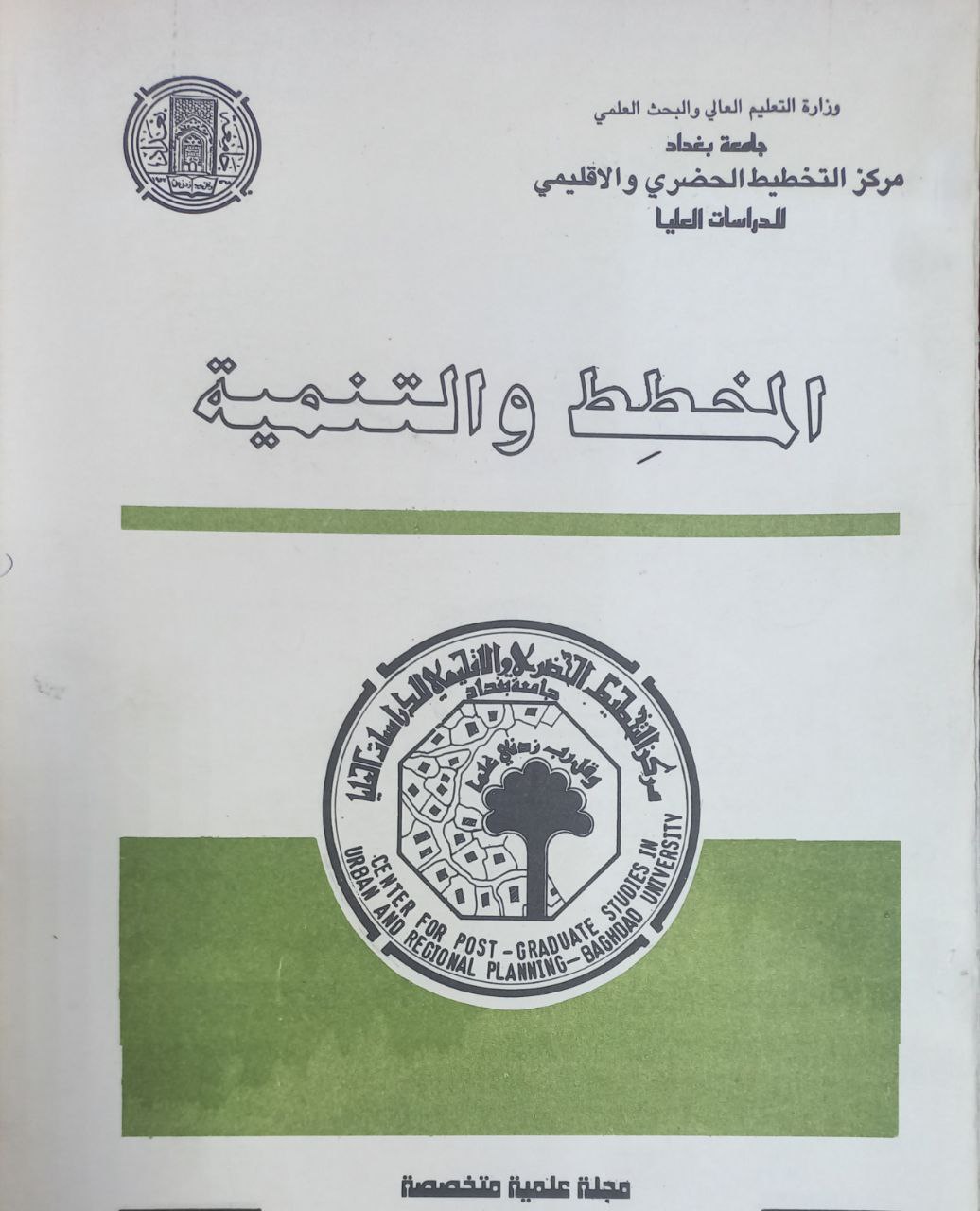Investment policy and regional development
Keywords:
تنمية الاقاليمAbstract
The unbalanced distribution of investments in the economic fields of the 1950s had a negative impact on the overall economic life of the country in that period and subsequent periods. Since the 1960s, the planning agencies have tried to reduce the negative impact of imbalance in regional development and the emergence of disparities in development between the regions of the country and to identify disparities in levels of spatial development. At the planning level, there have been many studies and mathematical and statistical models to analyze variance and clarify its dimensions and to measure the degree of developmental disparity between Regions and means of narrowing this problem and the development of policies and strategies for development plans in this direction and to restructure the economic capacities between the regions to achieve a balance in development according to priorities and stages sequentially down Li balance in the development of the regions of the disease focus on the development of the regions less developed and relatively advanced regions account.
The problem that has accompanied the process of planning since the fifties is the emergence of spatial disparity between the regions. In other words, the process of development tended to be imbalanced at the geographical level, especially if the development policies were inefficient as well as the mechanisms of implementation, which led, over time, to the concentration and polarization in a limited number of regions and centers and at the expense of other centers in terms of market mechanism and the movement of factors of production, The money, labor force and trade movement are working together to attract development efforts in development foci and poles in other regions, such as Baghdad, Basra and Mosul, which continued to distinguish them from other regions through the stages of the development process despite the emergence of other foci during the process of planning Such as the provinces of Babil, Tamim, Salahuddin and Anbar due to enjoy the first provincial economic and financial savings as a result of severe concentration of economic activities in them. These savings are economic benefits in some areas because they have localization economics and urbanization economics
The urban economies (bloc economies) include easy access to production supplies at competitive prices and the availability of municipal and public services such as electricity, water, sewage, housing and roads, on suitable terms and at relatively low prices.
The persistence of industrial concentration in a certain region leads to polarization due to the continued concentration of economic and social activities to a level that tends to lead to the negative aspects of this concentration, especially socialism due to polarization and the resulting economies. The concentration of economic activities in certain regions or regions such as Baghdad, Basra and Mosul, The high level of pollution in water, air and soil in addition to radiation pollution and noise and its impact on human health, and the high population concentration in these areas leads to the emergence of social problems, notably the weakness of social cohesion and high sensitivity Crime and weak sense of belonging to society.



